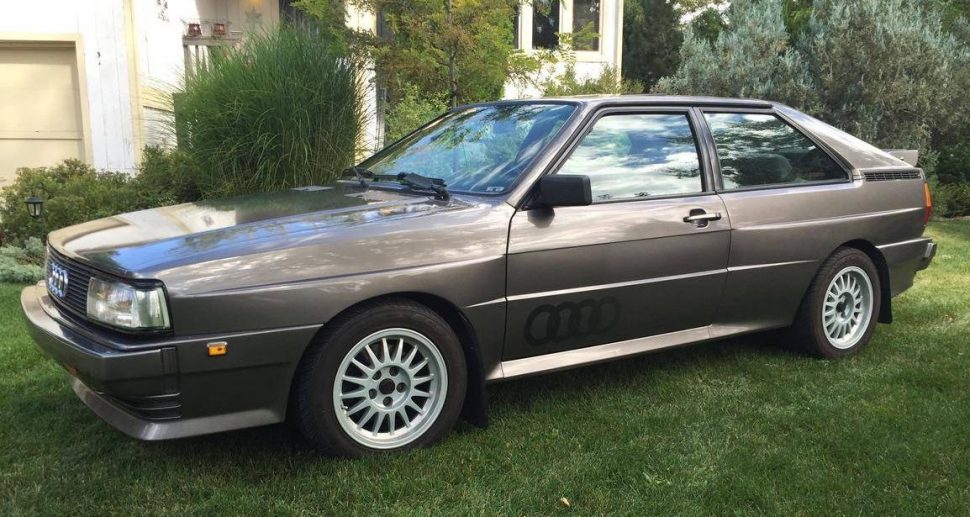So I guess it was 1998 when Porsche introduced stability control to keep people from killing themselves with these cars due to spinning caused by having the engine in the wrong place. At a track day here in Colorado with the BMW club they said something to the effect of... "We haven't had an incident in 12 years and we'd like to keep it that way". When the Porsche club comes to the track they say "Someone died last year on this track, and last month we had someone do $50k worth of damage to their car. We'd hate to see that happen today. ". Not just an incident, a death. I don't think I need to do much to motivate the car's reputation as a widowmaker.
Mid-engine is the correct configuration for a sports car. I have no doubt that someone can come in here and tell me all the reasons I'm wrong, but over and over again performance cars have to go mid-engine to achieve proper balance. Even Porsche.
I think, for me, the 911 cannot be the pinnacle - or any other non-mid-engine'd car for that matter. So far, my role in this thread is just to throw stones at everyone's excellent posts. I'm none-the-less really enjoying reading everyone's thoughts.

